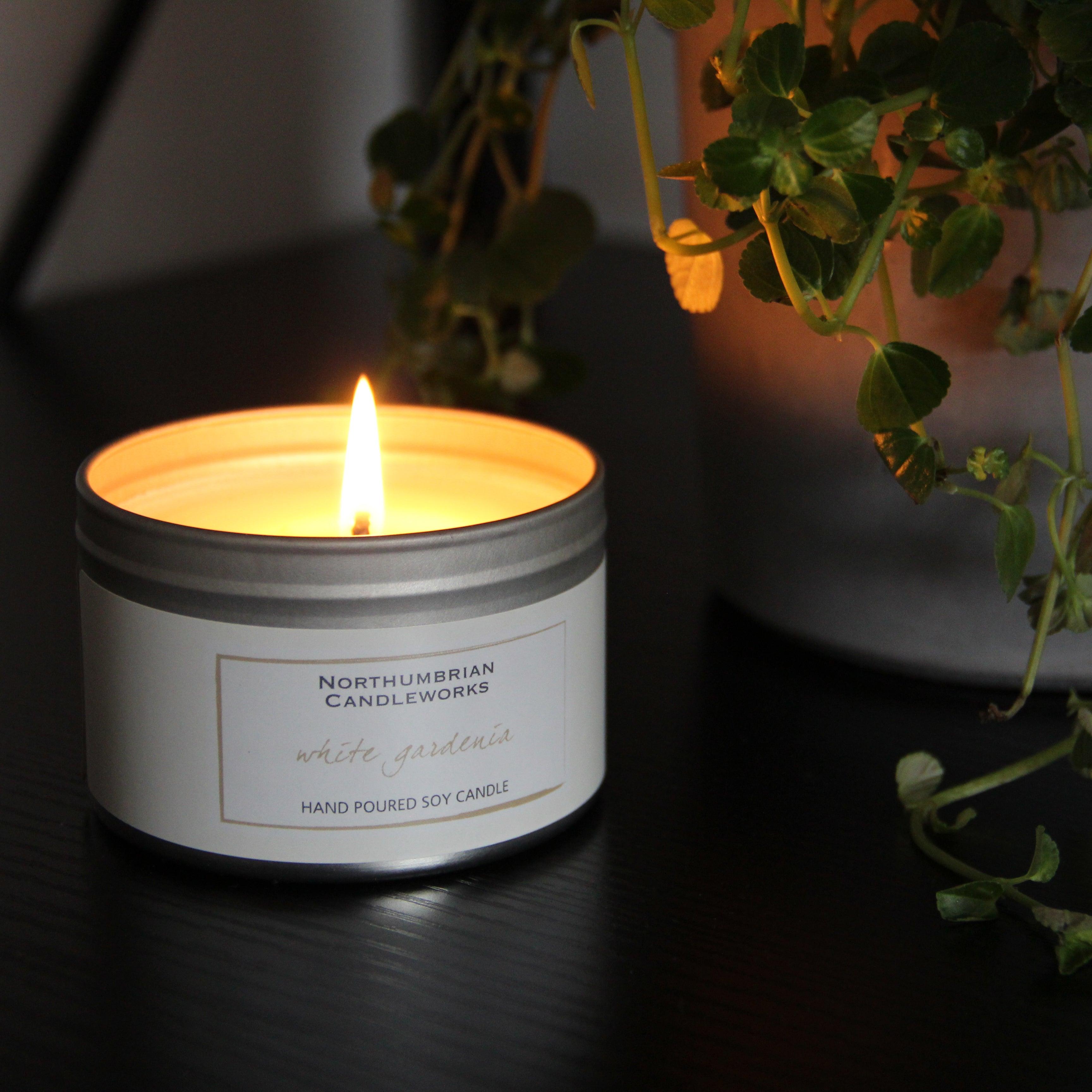Experience the Calmness of Crystal Soy Candles and Home Fragrance
Experience the Calmness of Crystal Soy Candles and Home Fragrance
Blog Article
From Wick to Wax: Recognizing the Chemistry Behind Soy Wax Candles and Their Ecological Influence
As we brighten our rooms with the cozy glow of candle lights, there exists a realm of intricate chemistry behind the apparently basic act of lighting a soy wax candle light. The option in between soy and paraffin wax expands beyond plain aesthetics, diving right into the world of ecological effect and the really structure of the products. Understanding the molecular structure of soy wax and its burning process drops light on the exhausts launched into our environments. Join us as we unravel the scientific ins and outs behind soy wax candle lights and explore their ramifications on our setting.
Soy Wax Vs. Paraffin Wax
When comparing soy wax and paraffin wax for candle light making, it is necessary to understand the distinct characteristics and benefits of each material. Soy wax is a natural, renewable energy originated from soybean oil, making it environment-friendly and eco-friendly - soy candles. In contrast, paraffin wax is a byproduct of petroleum refining, which elevates problems concerning its environmental influence and sustainability
Soy wax candle lights burn cleaner and produce much less residue contrasted to paraffin wax candle lights, making them a healthier selection for interior air high quality. Furthermore, soy wax has a lower melting point, permitting a longer-lasting candle light that distributes scent extra effectively. Paraffin wax, on the various other hand, often tends to burn faster and much less cleanly, potentially launching damaging chemicals right into the air.
From a sustainability point of view, soy wax is favored for its biodegradability and eco-friendly sourcing, aligning with the expanding customer choice for ecologically aware products. While paraffin wax has been a typical option in candle making as a result of its affordability and convenience of use, the change towards green choices like soy wax is getting momentum in the sector.
Chemical Structure of Soy Wax

Burning Refine in Soy Candles
The chemical make-up of soy wax directly influences the combustion procedure in soy candle lights, impacting elements such as burn time, scent launch, and ecological impact. When a soy candle is lit, the warmth from the fire melts the wax near the wick. This liquid wax is after that created the wick because of capillary action. As the liquid wax gets to the fire, it undertakes and evaporates burning. The combustion process includes the vaporized hydrocarbons in the wax responding with oxygen airborne to generate heat, light, water vapor, and carbon dioxide.
The burning effectiveness of soy candles Check Out Your URL is affected by the purity of the soy wax and the top quality of the wick. A clean-burning look these up soy candle with an appropriately sized wick will decrease and produce a constant flame soot development. This not only extends the burn time of the candle light but additionally enhances the launch of scents. Furthermore, soy wax candle lights have a lower environmental influence compared to paraffin candles as a result of their naturally degradable and eco-friendly nature.

Environmental Advantages of Soy Wax

Considered a lasting alternative to traditional paraffin wax, soy wax uses notable ecological benefits that make it a prominent choice amongst eco-conscious consumers. Soy wax burns cleaner and generates less soot than paraffin wax, adding to far better indoor air top quality and decreasing the demand for cleaning and maintenance. Generally, the ecological benefits of soy wax line up with the expanding need for sustainable and green items in the market.
Recycling and Disposal Considerations
Recycling and appropriate disposal of soy wax candle lights play a crucial function in preserving ecological sustainability and minimizing waste in neighborhoods and families. The first step is to guarantee that the candle has shed totally when it comes to recycling soy wax candles. This can be accomplished by enabling the candle light to shed up until the wick is no much longer functional, and after that allowing the staying wax cool and solidify. When the wax has solidified, it can be thoroughly eliminated from the container.

In terms of disposal, if recycling is not an option, soy wax candles are Read Full Article eco-friendly and can be securely taken care of in a lot of home waste systems. It is always suggested to check with neighborhood recycling centers or waste management solutions for specific standards on candle disposal to make certain appropriate handling and environmental defense.
Conclusion
To conclude, the chemistry behind soy wax candles reveals their ecological advantages over paraffin wax candle lights. Soy wax, derived from soybean oil, burns cleaner and creates less residue when compared to paraffin wax. The burning process in soy candle lights is much more reliable, causing a longer and extra even melt. Additionally, soy wax is biodegradable and sustainable, making it an extra sustainable selection for candle production. Reusing and correct disposal of soy wax candles additionally add to their environmental effect.
When comparing soy wax and paraffin wax for candle light making, it is essential to comprehend the distinct attributes and benefits of each material (crystal soy candles).Soy wax candle lights burn cleaner and discharge much less residue compared to paraffin wax candles, making them a healthier option for interior air top quality.Considered a sustainable option to typical paraffin wax, soy wax provides significant ecological benefits that make it a prominent selection among eco-conscious consumers. Soy wax burns cleaner and creates much less residue than paraffin wax, adding to better indoor air quality and minimizing the requirement for cleansing and upkeep.In verdict, the chemistry behind soy wax candle lights discloses their ecological benefits over paraffin wax candle lights
Report this page